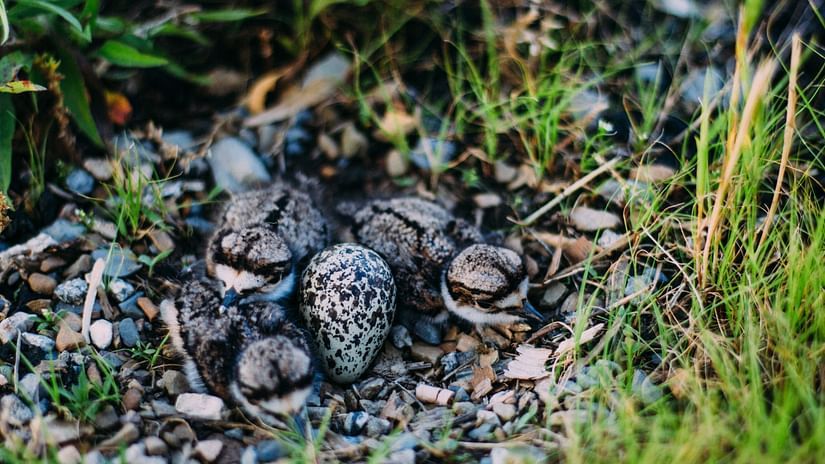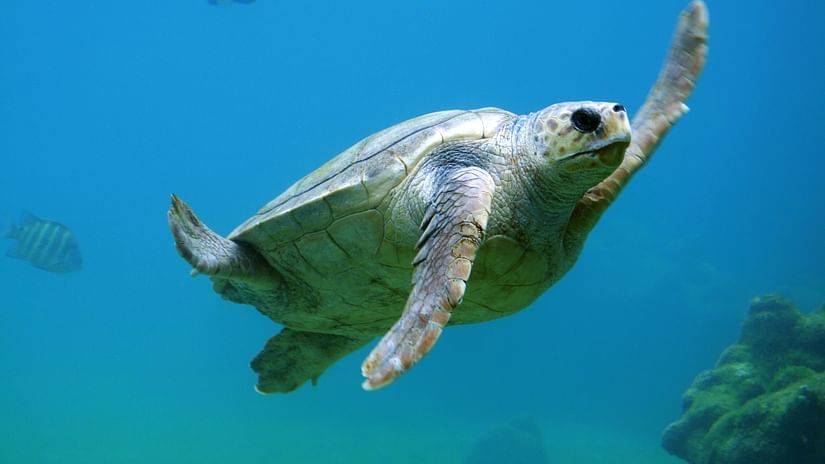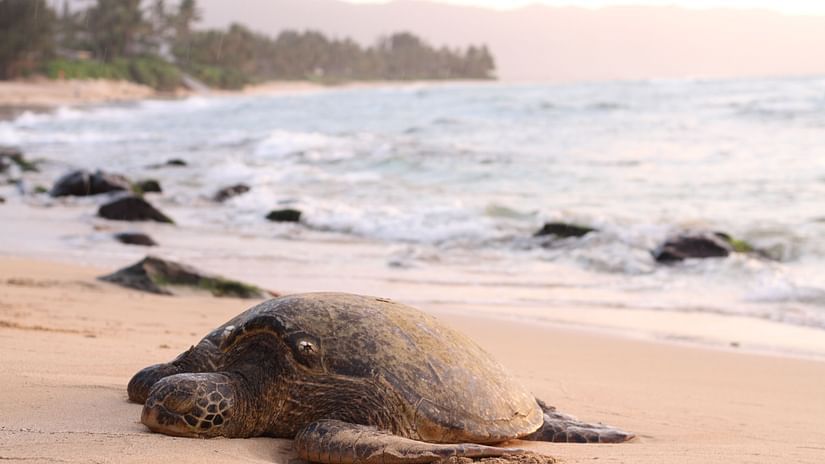- Stargazing in Andaman
- Photoshoot in Havelock
- Celebrate New Year in Port Blair
- Andaman History Guide
- Christmas in Andaman
- Chennai to Port Blair Trip
- New Year in Andaman & Nicobar Islands
- The Perfect Andaman and Nicobar Resort
- Corbyn’s Cove Beach
- Light and Sound Show Port Blair
- Port Blair to Havelock Distance
- Ross Island Port Blair Through the Seasons
- Sea Walk Havelock: An Unforgettable Underwater Adventure
- Sunrise in Neil Island
- Scuba Diving, Port Blair
- Glass Bottom Boat Ride, Havelock
- Beach Front Hotel in Andaman
- Jaipur to Andaman & Nicobar Flight
- Best & Most Beautiful Islands to Visit in India
- History of Andaman & Nicobar Islands
- Festivals in Andaman and Nicobar Islands
- Visakhapatnam to Andaman Travel Guide
- Best Stays for MICE Travellers in Andaman
- Andaman Trip from Kolkata
- Hyderabad to Andaman
- Chennai to Neil Island
- Bird Watching in Andaman
- Havelock Island Sightseeing
- Laxmanpur Beach, Neil Island
- Snorkelling in Havelock Island
- Bioluminescence in Havelock Island
- Port Blair Trip Plan
- Neil Island Itinerary
- Shopping in Andaman
- Kalapathar Beach in Havelock
- Andaman Game Fishing
- Iramnagar Beach Neil Island
- Hyderabad to Andaman Tour Packages
- Shopping in Port Blair
- Tourist Places in Andaman and Nicobar Islands
- New Year Party in Andaman and Nicobar
- Island Tourism Festival of Andaman
- Trip to Andaman from Bangalore
- Port Blair to Neil Island
- Trip to Andaman in January
- Delhi to Andaman
- Andaman and Nicobar Islands Nightlife
- Night Life in Port Blair
- Andaman Nicobar Trip in December
- Andaman and Nicobar Islands Vacation
- Family Trip to Andaman
- Places of Interest in Port Blair
- Best Places to Stay in Andaman
- Aberdeen Bazaar
- Bharatpur Beach
- Things to do in Port Blair
- Andaman Cuisine
- Mount Harriet National Park
- Photography spots in Andaman
- Neil Island vs Havelock Island
- Elephant Beach
- Trip to Andaman in June
- Tourist Places in Port Blair
- Surfing in Havelock Island
- Best Time to Visit Port Blair
- Water Sports in Neil Island
- Kayaking in Havelock Island
- Water Activities in Port Blair
- Scuba Diving in Neil Island
- Top 5 Beaches in Port Blair
- Offbeat Things To Do in Havelock
- Parasailing in Port Blair
- Howrah Bridge, Neil Island
- Chidiya Tapu Port Blair
- Water Activities in Andaman
- Fishing in Andaman
- How to Reach Andaman and Nicobar
- Adventure Sports in Andaman
- Port Blair Sightseeing Places
- Exploring the Barren Island Volcano: A Journey from Port Blair
- Best Places for Sunset and Sunrise in Havelock
- Dolphin Watching in Andaman
- Offbeat Places in Andaman
- Things to Keep in Mind While Traveling to Andaman
- Turtle Nesting in Andaman
- Choosing the Best Time to Visit Andaman
- Hidden Gems of Andaman
- Elephant Beach, Havelock Island
- Things to Do in Port Blair at Night
- Unveiling the Charm of Havelock Island at Night
- Visiting Andaman in September
- Best Time to Visit Havelock Island
- Glass Bottom Boat Ride in Andaman
- Trekking on Havelock Island
- Andaman's Best Sunsets: Where to go for Breathtaking Views
- Exploring Andaman in Monsoon
- A Perfect Andaman Itinerary for Families
- Travelling from Port Blair to Havelock
- Island Hopping in Andaman
- Luxury Travel in Andaman
- Exploring Havelock’s Mangrove Creek
- Must Visit Waterfalls in Andaman
- Celebrate This Holi in Andaman
- Cruises to Andaman
- Street Food in Port Blair
- Sea Walking in Andaman
- Visit Andaman for Your Valentine’s Weekend Getaway
- How Havelock Became Swaraj Dweep
- 4-day Itinerary for Republic Day Weekend
- Festivals in Andaman & Nicobar Islands
- Places to Visit in South Andaman
- Planning an Adventurous Honeymoon
- Beach Wedding Destinations
- Trekking in Andaman
- Best Beaches on Neil Island
- The Best Place to Stay in Andaman
- The Best Beaches in Port Blair
- Places To Visit In Port Blair
- The Best Beaches on Havelock Island
- Summer in the Andamans
- Historic Sites to Visit in Andaman
- An Andaman Itinerary for 6 Days During Summer
- The Corals of Andaman and Nicobar Islands
- Solo Trip to Andaman and Nicobar
- The Tribes of Andaman & Nicobar Islands
- Must-visit Beaches in Andaman
- Wildlife in Andaman and Nicobar Islands
- Places to Visit in Neil Island
- Experience the best of Havelock Island
- A Fairytale Honeymoon in Havelock Island
- Chidiya Tapu-Munda Pahar Trek
- Best Places in Andaman for Couples
- A Honeymoon Trip to Andaman
- Best Restaurants and Bars in Andaman
- Best Scuba Diving Spots in Andaman
- A Helpful Guide for Travelling In Andaman
- Best Things to Buy in Andaman for Your Loved Ones
- Plan an Andaman Itinerary for 7 Days
- Best Places to Visit near Port Blair
- Best Places to Celebrate New Year in India
- Indulge in a Unique New Year Celebration in Andaman
- Travel Tips for Andaman - the Dos and Don’ts
- From City Buzz To Island Bliss
In addition to being home to a spectacular natural phenomenon, the Andaman and Nicobar Islands in the Bay of Bengal are also a treasure mine of natural beauty. Several species of turtles that visit their birth beaches each year to lay their eggs find refuge on these unspoiled islands. Every year, during the turtle nesting season, nature lovers and conservationists from all over the world come to see this amazing display. It is a stunning voyage of life and conservation.
What is Turtle Nesting?
The Andaman Islands serve as a vital refuge for the survival of these species since turtle nesting is a major component of their natural life cycles. Female turtles use their intrinsic navigational abilities to navigate back across enormous oceans and lay their eggs on the same beach where they were born. They use their flippers to excavate nests in the sand after they get to the coast, where they place a clutch of eggs before carefully covering them to keep predators away. Little hatchlings emerge from the nests about two months later, and instinctively they move towards the ocean, following the moonlight's reflection on the water.


What Kind of Turtles?
Olive Ridley Turtle: The most prevalent kind of turtle observed nesting on Andaman beaches is the Olive Ridley Turtle. They are well-known for their "arribadas", or synchronised nesting behaviour, in which a large number of females arrive at the coast at once to lay their eggs. Olive Ridleys normally lay their eggs from December through March, with January and February being the busiest months for this activity.
Leatherback: The Leatherback turtle is the largest sea turtle and is distinguished by its distinctive soft, leathery shell. Between January and April, the leatherback turtles in Andaman lay their eggs on the various beaches around Neil Island and Rangat Island. The Leatherback turtle is a rare and prized sight for those fortunate enough to observe its nesting activity, despite having fewer nests than other species.
Hawksbill: Hawksbill turtles are renowned for their exquisite shell patterns but are at grave risk of extinction. In the Andaman, the nesting season for hawksbill sea turtle lasts from January to April. These turtles are frequently seen at the hawksbill nest Rangat, one of the islands in the middle of Andaman. They prefer to nest in rocky locations.
Green Turtle: Known for their migratory patterns, green turtles are a common sight in the waters around Andaman Islands. Normally, their nesting season lasts from December to March. These critters frequently nest on the beaches of South Andaman, especially Neil Island.
Green Turtle: Known for their migratory patterns, green turtles are a common sight in the waters around Andaman Islands. Normally, their nesting season lasts from December to March. These critters frequently nest on the beaches of South Andaman, especially Neil Island.


Neil Island
The tranquil and lovely Neil Island serves as an essential turtle nesting spot in Andaman. The beaches of Neil Island are home to the amazing phenomenon of turtles returning to lay their eggs during the nesting season from the months of December to March. The two most prevalent species in this area are Olive Ridley and Green turtles. Visitors can watch these breathtaking turtle nesting in Andaman while also helping to preserve these endangered species and their nesting grounds thanks to local authorities and conservation activities that secure the protection of these nesting locations.
Read our blog to learn more about the wildlife of Andaman and Nicobar Islands. During your visit, stay at Symphony Summer Sand Beach Resort And Spa on Neil Island, Symphony Palms Beach Resort And Spa on Havelock Island and Symphony Samudra Beachside Jungle Resort And Spa in Port Blair and indulge in the plethora of activities we offer.